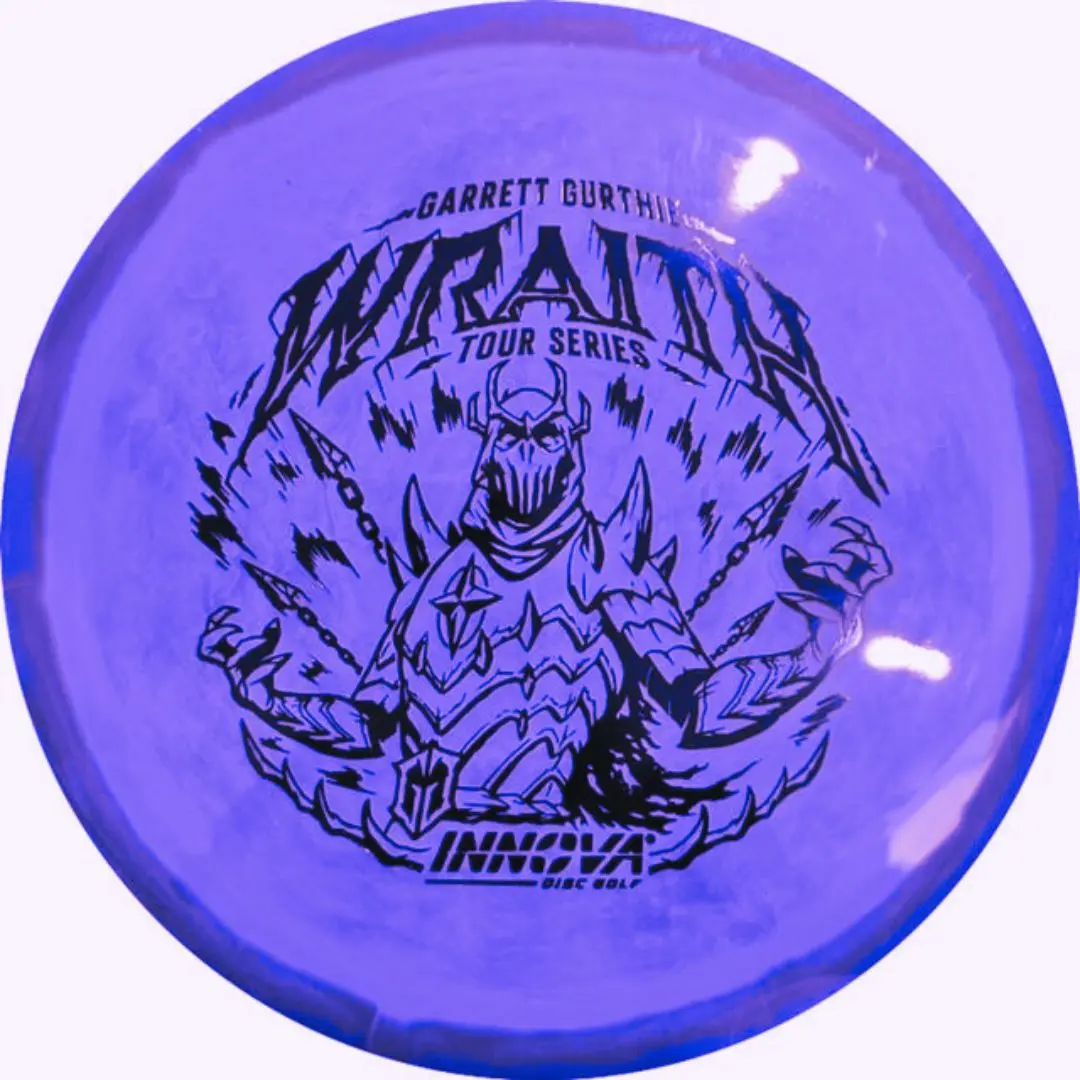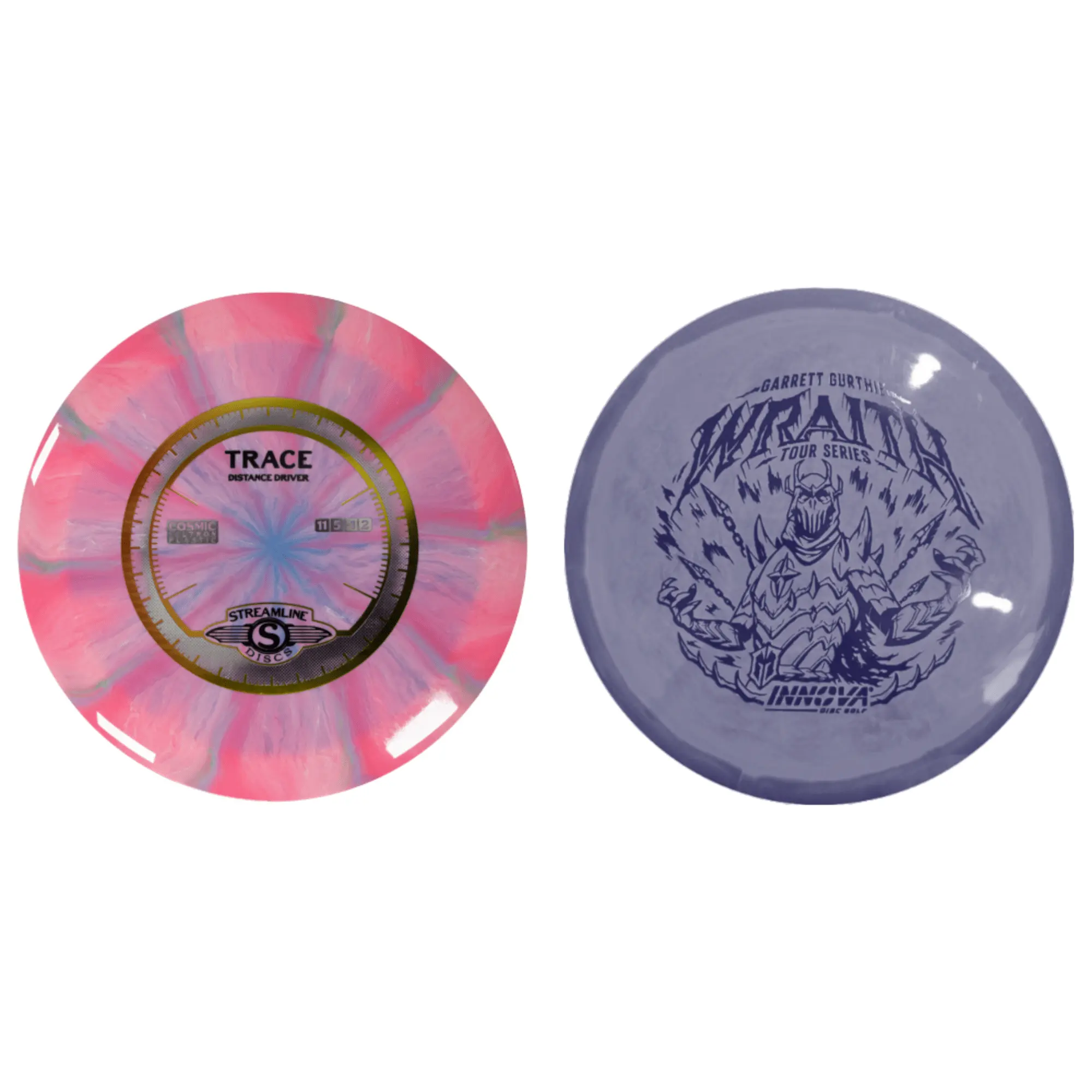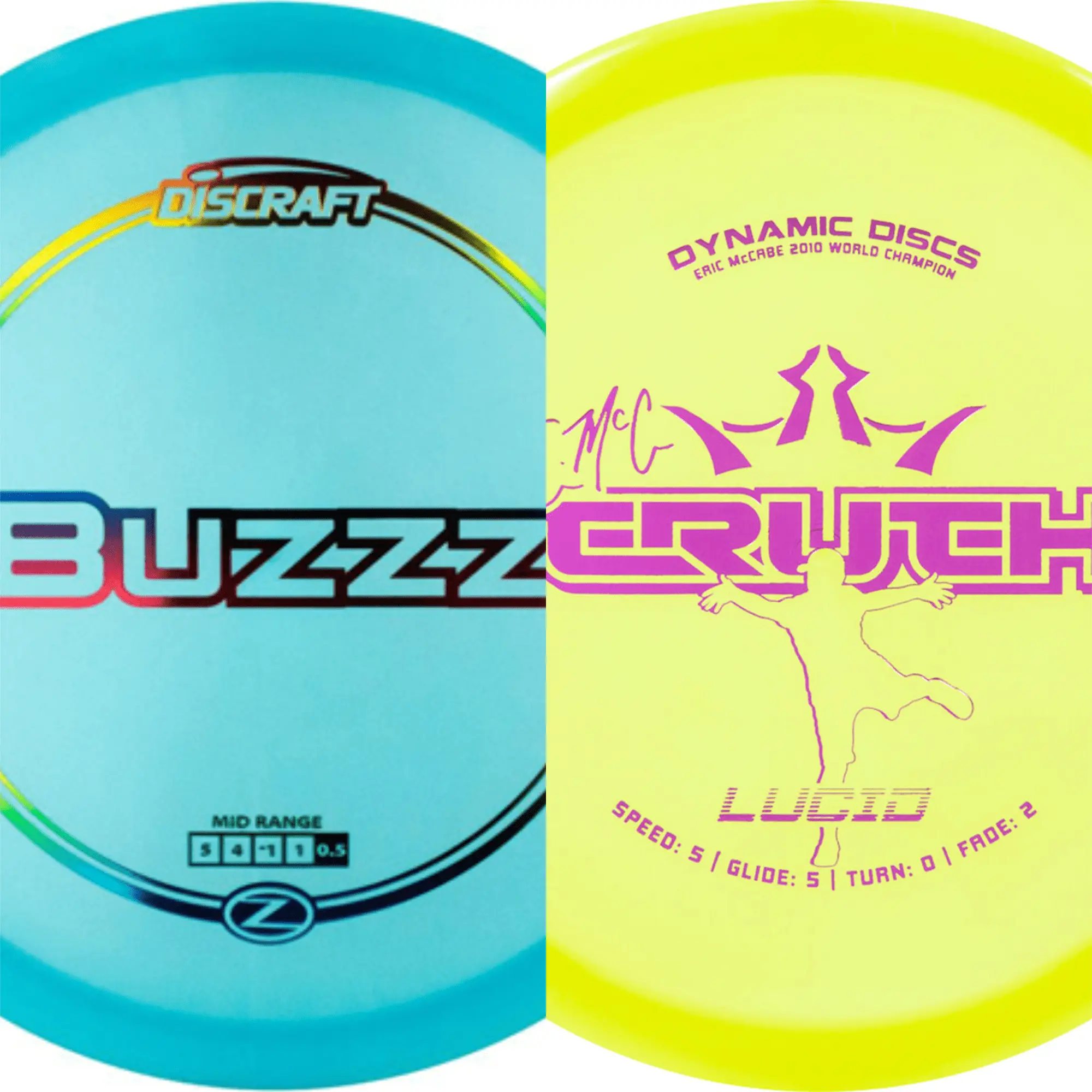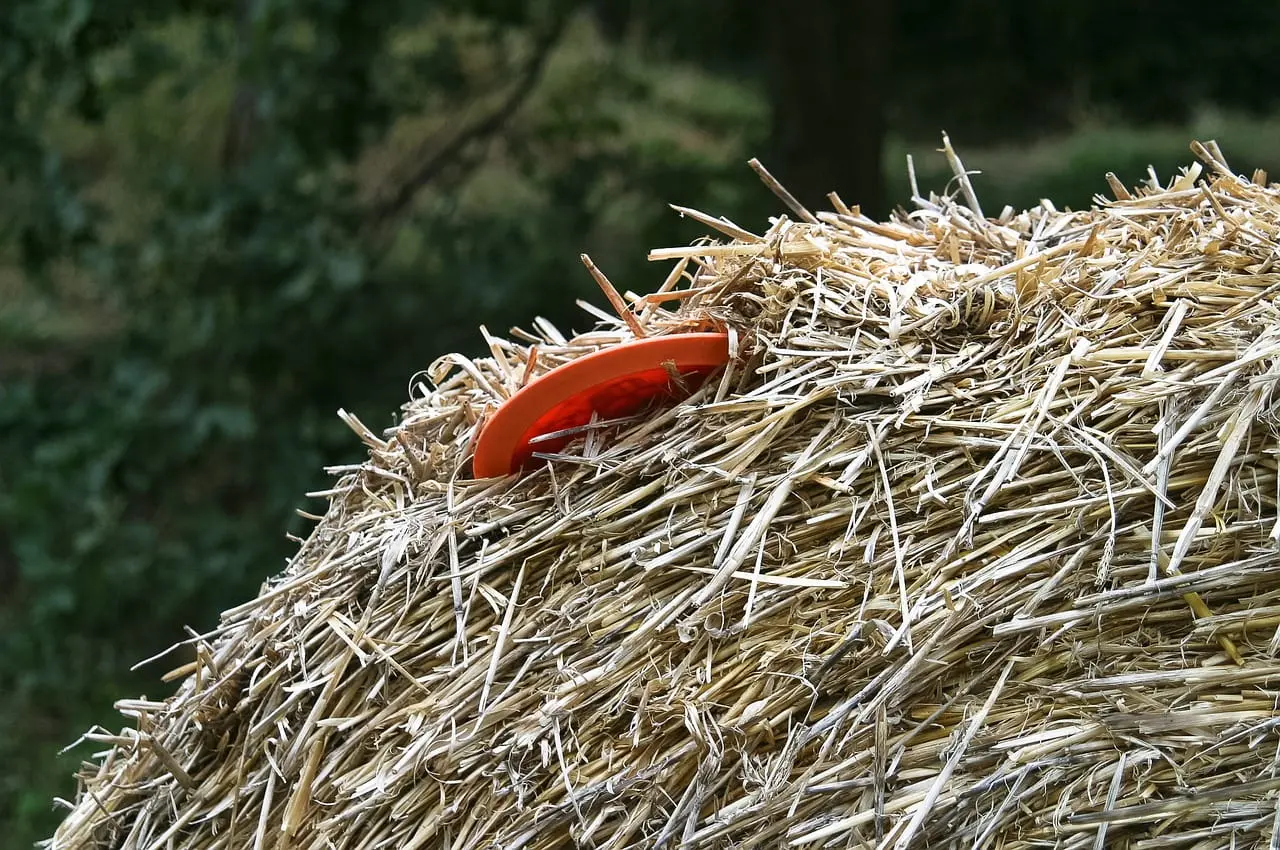The Science of Disc Golf: Understanding Disc Dynamics

Published: 9/8/2023
Disc golf is a fascinating blend of physics, aerodynamics, and skill. Grasping the scientific principles that influence disc behavior can revolutionize your game. This article delves deep into the captivating world of disc dynamics, unraveling the scientific principles that govern a disc's flight and how it interacts with environmental variables. From the forces of lift, drag, and spin to unique disc shapes and materials, we cover it all. Arm yourself with this knowledge, and you won't just play the game; you'll understand it on a whole new level.
The Intricacies of Disc Flight: Lift, Drag, and Spin
Lift, drag, and spin are the primary forces that govern the behavior of a disc in flight. Understanding these forces is akin to unlocking the secret sauce of excelling in disc golf. Lift is generated by the air pressure difference between the top and bottom surfaces of the disc, allowing it to rise during flight. However, lift is not a solo player in this game. It has to contend with drag, the air resistance that opposes the disc's forward movement. A fine balance between lift and drag is crucial for achieving optimal flight distance.
Spin, the third player in this triad, works to stabilize the disc during its flight. A disc with insufficient spin wobbles and is more susceptible to the whims of wind and air resistance. The gyroscopic effect caused by the spin ensures that the disc maintains its orientation and follows a predictable flight path.
Thus, a deep understanding of these forces can significantly impact your gameplay. It helps you make informed decisions about the type of throw you should employ and the kind of disc best suited for it. Whether you are trying to make a long anhyzer shot or a short, controlled putt, knowing the science behind these forces will give you the upper hand.
Factors Affecting Disc Flight
- Air Resistance: The thicker the air, the more resistance a disc will face. This is why discs behave differently at varying altitudes.
- Wind: Tailwinds and headwinds can dramatically change a disc's lift and drag characteristics.
- Disc Design: Specific design elements like the disc's rim thickness and diameter also play a role.
By understanding these additional factors, you're not just throwing a disc; you're engaging with the underlying science that makes each throw an experiment in aerodynamics.
Mastering the science of these forces can transform you from a casual player to a serious competitor. After all, disc golf is not just about physical prowess but also about understanding the science that goes behind each throw.
Unpacking the Aerodynamics of Various Disc Shapes
The shape of a disc plays a pivotal role in how it behaves during flight. Discs come in a variety of shapes, each with its unique aerodynamic properties. Discs with rounded edges tend to have higher lift but also come with the downside of increased drag. These are generally better suited for shorter throws where distance is not the primary concern.
On the other hand, discs with sharper, more aerodynamic edges are the go-to choice for long-distance throws. They trade off some amount of lift for reduced drag, enabling them to cut through the air more efficiently. Professional players often have a range of discs in their arsenal, each with a specific shape designed for a particular type of throw.
Understanding the aerodynamic trade-offs between different disc shapes is essential for mastering disc golf. It allows you to choose the right tool for the job, be it a short putt or a long drive. Knowledge of disc shapes also helps you predict how a disc will behave under various wind conditions, giving you an edge over competitors.
Types of Disc Shapes
- Putter: Rounded edges, designed for short distances and accuracy.
- Mid-range: A balance between distance and control.
- Driver: Sharp edges, built for maximum distance.
Each type of disc is designed with a specific purpose in mind, and understanding this can significantly elevate your game. Being mindful of the aerodynamic design can offer you insights into how a particular disc will behave under different conditions, adding a layer of strategy to your gameplay.
So, the next time you find yourself pondering over which disc to use for a specific throw, remember that the shape of the disc is an integral part of that decision. A smart choice can make the difference between a good throw and a great one.
Material and Weight: The Unsung Heroes of Disc Performance
When it comes to disc golf, material and weight are often overlooked, but they are crucial factors that affect a disc's performance. Discs can be made from a variety of materials, ranging from basic plastics to advanced composites. The material not only impacts the disc's durability but also its grip and flight characteristics. For example, softer materials provide better grip but may lack the rigidity required for long-distance throws.
Weight is another significant variable. Heavier discs are generally more stable and less affected by wind. However, they require more force to achieve the same distance as lighter discs. This means that choosing the right weight is a balancing act between stability and throwing effort.
Whether you are a beginner looking to get into the sport or an experienced player aiming to refine your game, understanding the role of material and weight in disc dynamics is invaluable. It allows you to make informed choices, contributing to a more consistent and competitive performance.
Material Types
- Basic Plastic: Durable but lacks grip.
- Premium Plastic: Offers a balance between durability and grip.
- Rubber Blends: Exceptional grip but less durable.
By tailoring your disc choices based on these material properties, you not only gain an edge over your competition but also make the game more enjoyable for yourself. The correct weight and material can make all the difference between a frustrating round and a victorious one.
The next time you are in the market for a new disc, take a moment to consider these factors. You might find that a simple change in material or weight could be the key to upping your game.
Mastering the Art of Disc Release Angles
The release angle of a disc can drastically affect its flight path and is a critical aspect of advanced disc golf strategy. The angle at which you release the disc, be it a hyzer, flat, or anhyzer, will determine its initial trajectory and how it will behave during flight.
A hyzer release, where the outer edge of the disc is tilted downward, will cause the disc to curve to the left for right-handed backhand throws. This is useful for navigating around obstacles or setting up for a left-turning approach.
Conversely, an anhyzer release, where the disc is tilted upward, will make it curve to the right. This technique is beneficial when you need to make a right-turning shot or when dealing with a left-to-right crosswind.
Mastering different release angles is an art form that requires practice but pays off immensely. It allows you to adapt to various course conditions and obstacles, making your gameplay not just versatile but also strategically superior.
Common Mistakes in Release Angles
- Rolling the Wrist: Causes the disc to angle incorrectly upon release.
- Grip Issues: A weak grip can lead to a wobbly release, affecting the disc's stability.
- Timing: Releasing too early or too late can result in unintended angles.
Correcting these mistakes requires focused practice but promises a marked improvement in your throws. As you master different release angles, you unlock new possibilities in how you approach the game, turning challenges into opportunities.
Understanding and mastering release angles offer a more nuanced control of the disc, allowing you to make shots that would otherwise seem impossible. It's an aspect that differentiates a novice from an expert.
Advanced Throwing Techniques for Pro-Level Control
Once you have a good grasp of the basic principles of disc dynamics, you can start exploring advanced throwing techniques that allow for more nuanced control over the disc's flight path. Techniques such as the 'S-curve,' 'flex shot,' and 'roller' involve manipulating the disc's angle and spin to achieve specific, often unconventional, flight paths.
The 'S-curve,' for example, involves releasing the disc on a hyzer angle but with enough speed and spin to make it flip to an anhyzer angle mid-flight. This results in a flight path that resembles the letter 'S,' allowing for maximum distance with a predictable landing.
The 'flex shot' is another advanced technique where you throw an overstable disc with an anhyzer angle, allowing it to flex back to a hyzer angle during flight. This shot is ideal for navigating through tight windows or avoiding obstacles.
The 'roller' is a ground-based shot where the disc is thrown at a sharp angle, causing it to land on its edge and roll. This is an excellent option for bypassing low-hanging branches or other obstacles that prevent a typical aerial shot.
While these techniques require a high level of skill and understanding of disc dynamics, mastering them can give you a significant advantage in competitive play. They allow for a broader range of shots and strategies, making you a more versatile and formidable player.
Tips for Mastering Advanced Techniques
- Practice: There's no substitute for practice. The more you throw, the better you'll get.
- Watch and Learn: Study the techniques of professional players to understand the mechanics behind advanced throws.
- Experiment: Don't be afraid to try new angles and spins to see what works best for you.
Mastering these advanced techniques is no small feat but is incredibly rewarding. It not only makes you a formidable opponent but also adds a layer of depth and enjoyment to your disc golf experience.
The road to mastering these advanced techniques might be long and challenging, but it'sa journey worth undertaking. The skills you acquire will not only make you a better player but also deepen your appreciation for the complexities of this fascinating sport.
Similar Posts

Unlocking the Full Potential of the Innova Wraith
Published:
2 years ago

Streamline Trace: The Control Artist's Choice in Disc Golf
Published:
2 years ago

Streamline Trace Versus Innova Wraith
Published:
2 years ago

Discraft Buzzz Versus Dynamic Discs Truth
Published:
2 years ago

Getting Started with Dynamic Discs Cadet Backpack Disc Golf Starter Set
Published:
2 years ago

Disc Golf Numbers Explained: A Player's Guide
Published:
2 years ago